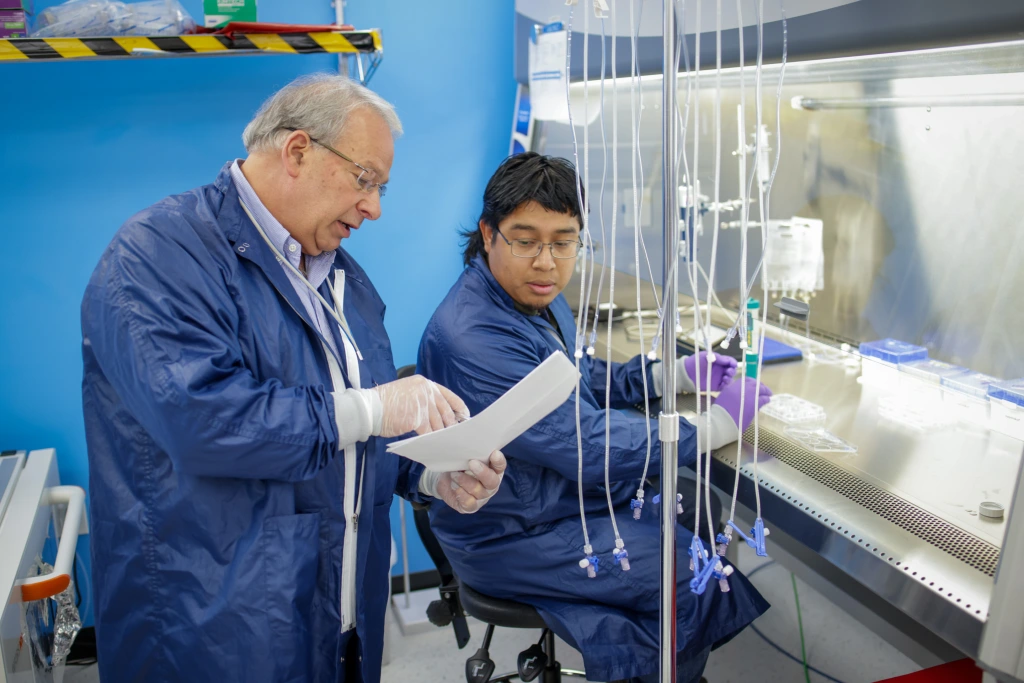
At the California Institute for Regenerative Medicine (CIRM), we are passionate about catalyzing growth in regenerative medicine while championing inclusivity. One of CIRM’s strategic goals is to build a diverse and skilled workforce that represents the rich tapestry of California’s population.
That’s why the CIRM—spearheaded by the Scientific Programs & Education team—is launching a set of videos to showcase the unique perspectives of CIRM’s educational and training program participants from across the state, including students, trainees, program directors, and CIRM leadership. Watch both videos on CIRM’s YouTube channel here and here.
Funding Training Programs for a Diverse California
CIRM’s education and training programs support the next generation of regenerative medicine scientists, ranging from high school and undergrad students to doctoral candidates and clinical fellows.
CIRM funds four unique internship programs, each with its own set of requirements: SPARK (high school), Bridges (Undergraduate and Masters), COMPASS (Undergraduate), and Scholars (Pre-Doctoral, Post-Doctoral, and Clinical Fellows).
Each program offers hands-on experience to foster a workforce adept in stem cell science and the technical skills that are crucial for present and future scientific and medical advancements.
Partnering with community colleges and universities, as well as research institutions and biotechnology companies, each program aims to attract diverse talent to regenerative medicine by offering varied career paths and accessibility across a broader educational spectrum.

To date, CIRM’s educational and training programs have supported 3,800 interns and fellows, the majority of whom have achieved employment or chose to pursue further education in regenerative medicine or related fields.
Alumni from these programs participate in a broad spectrum of rewarding careers. These range from traditional scientific disciplines to in-demand, complementary and/or ancillary pressions within education, community and patient advocacy, business development, and regulatory affairs. Over 70 institutions have joined CIRM in its mission to advance world class science, deliver real world solutions, and provide opportunities to all.
Opportunities for People with Various Educational Backgrounds
In addition to highlighting experiences of program participants, the videos emphasize that careers in regenerative medicine aren’t limited to those with advanced degrees like PhDs or MDs. There are diverse roles and job opportunities accessible to individuals with various educational backgrounds and skill levels.

“Often [students] are first gen, [from] underrepresented groups, these are an amazing group of students who are getting their first opportunity both at the higher education and also the first in their families to do research in labs,” said Bridges Program mentor Samantha Butler, PhD.
At CIRM, diversity fosters innovation. In addition to academic and industry research opportunities, CIRM aims to grow the entire regenerative medicine workforce pipeline, including opportunities in therapeutics manufacturing and clinical trials.
To learn more about CIRM’s educational programs, including information on how to apply, visit our website at cirm.ca.gov/education.
CIRM thanks all program participants, program directors, and CIRM leadership who made these videos possible. Video produced by CIRM’s Scientific Programs & Education team and Hartlove-Goodyear.



















































